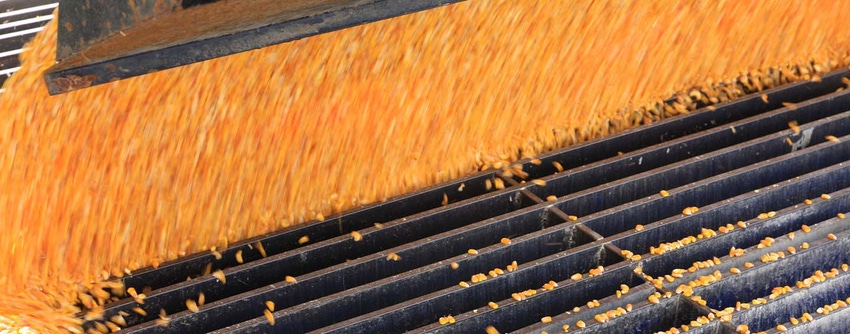December 18, 2018

Harvest samples from across the U.S. that have been submitted to the Alltech 37+ mycotoxin analytical services laboratory in 2018 show high levels of mycotoxins, particularly deoxynivalenol (DON), zearalenone, fusaric acid, fumonisin and HT-2.
“Mycotoxins thrive in changeable conditions, with lack of rain, excessive rainfall or, sometimes, one after the other causing a perfect storm of contamination,” said Alexandra Weaver, global technical support with the Alltech Mycotoxin Management team. “The extreme weather events that we’ve seen this year around the world have led to increased occurrence of mycotoxins in many countries.”
Samples collected across the U.S. include corn grain containing multiple mycotoxins, with an average of 7.0 mycotoxins per sample — more than 3.9 mycotoxins more, on average, than what was seen during the same period in 2017. Mycotoxins in U.S. corn silage samples are also showing an increase in occurrence this year, with an average of 6.8 mycotoxins per sample, compared to the 4.6 on average during the same time period last year.
Mycotoxins are seldom found in isolation, and when multiple mycotoxins are consumed, they may have additive, or even synergistic, interactions that increase the overall risk to the animal’s performance and health. As a result, the animal may have a stronger response than what would be expected if it were only experiencing a single mycotoxin challenge.
While the type B trichothecenes (DON group) harvests are similar from 2017 to 2018, the occurrence and concentrations of zearalenone have been greater in 2018 corn silage. Type A trichothecenes (T-2/HT-2 toxins group) have also been detected at a greater occurrence in 2018 corn silage, at 43%, compared to 21% in 2017. Fumonisins also remain a frequent co-contaminant.
“These mycotoxins can affect animal performance and health, due to lower feed intake, gut health, reproduction and immune response,” said Dr. Max Hawkins, nutritionist with the Alltech® Mycotoxin Management program. “Testing feedstuffs and finished feeds is important for livestock producers to understand these risks.”
Between labs located in Lexington, Kentucky, and Dunboyne, Ireland, the Alltech mycotoxin management program has tested more than 26,000 samples of animal feed, each searching for over 50 mycotoxins.
Source: Alltech
You May Also Like




